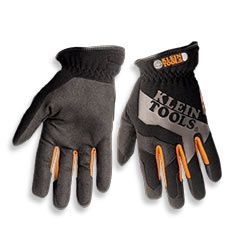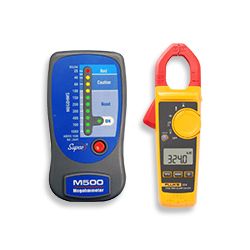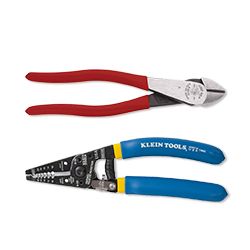
Driving in Winter Weather
Winterizing your service vehicles and preparing employees for adverse driving conditions
Nothing is worse than having your service vehicles break down, or get involved in accidents due to weather. Your work vehicles are vital to your business. Not only do you have to keep your vehicles in good shape; you also need to make sure employees are driving cautiously and defensively in winter weather conditions.
Here are a few tips to ensure your work vehicles are operable and safe on the road during winter weather conditions.
- Make sure the heater/defroster is in good working condition and does an effective job of heating the cab and defrosting the windshield.
- Be sure to check coolant for proper protection levels. Coolant life is typically specified around 24 months. If it’s older, the system should be flushed.
- Always check your vehicle battery. Make sure the connectors are not corroded. If they are, clean the connections. Batteries are more likely to fail in the cold winter months.
- Examine your wiper blades to ensure they’re not cracked or torn. It’s also good to keep ice scrapers on hand in case the windows freeze when technicians are on service calls.
- Check to make sure your tires are inflated properly and have appropriate levels of tread on them. Use tire chains if severe snow or conditions are anticipated (or the local laws require it).
Winter driving conditions typically demand a little more from drivers: heightened awareness, sound driving skills over ice and snow — and plenty of patience.
Share these driving guidelines with your team as they go out to serve customer.
- Visibility: Watch for brake lights on vehicles ahead of you and slow down.
- On roadways: Watch for glazed conditions or black ice at night, and decrease your speed while entering/exiting ramps, bridges, intersections and stop signs.
- In traffic: Be especially careful when you’re in heavy traffic as the general driving public is not ready for winter storms.
- Proceed with caution: Follow at a safe distance to ensure you can apply your breaks without going into a slide.
- A light touch: Accelerate/decelerate carefully and gradually so tires don’t spin or glide across ice patches.
Defensive driving involves the driver’s ability to operate the vehicle by avoiding and preventing an accident. Sometimes this means letting the driver who is in the wrong have the right-of-way.
In case of an emergency:
- Always carry a spare, inflated tire and necessary tire-changing equipment.
- During the winter months it’s a good idea to carry a shovel, flashlight, jumper cables, bottled water, gloves, some blankets, and a bag of salt or cat litter for tire traction.
Keep your employees safe this winter and holiday season. Ensure they have the necessary travel equipment and driver safety knowledge to deal with snowbound roads and make their service calls without incident.
HVAC success during cold or hot weather is as much about safety and having the right tools, as technical skill. Make sure you’ve got everything you need to operate effectively this winter.
Winter is no time to let up on training. Get your new hire or inexperienced tech up to speed now, with our learn-at-your-own-pace Virtual BuildATech® program.


